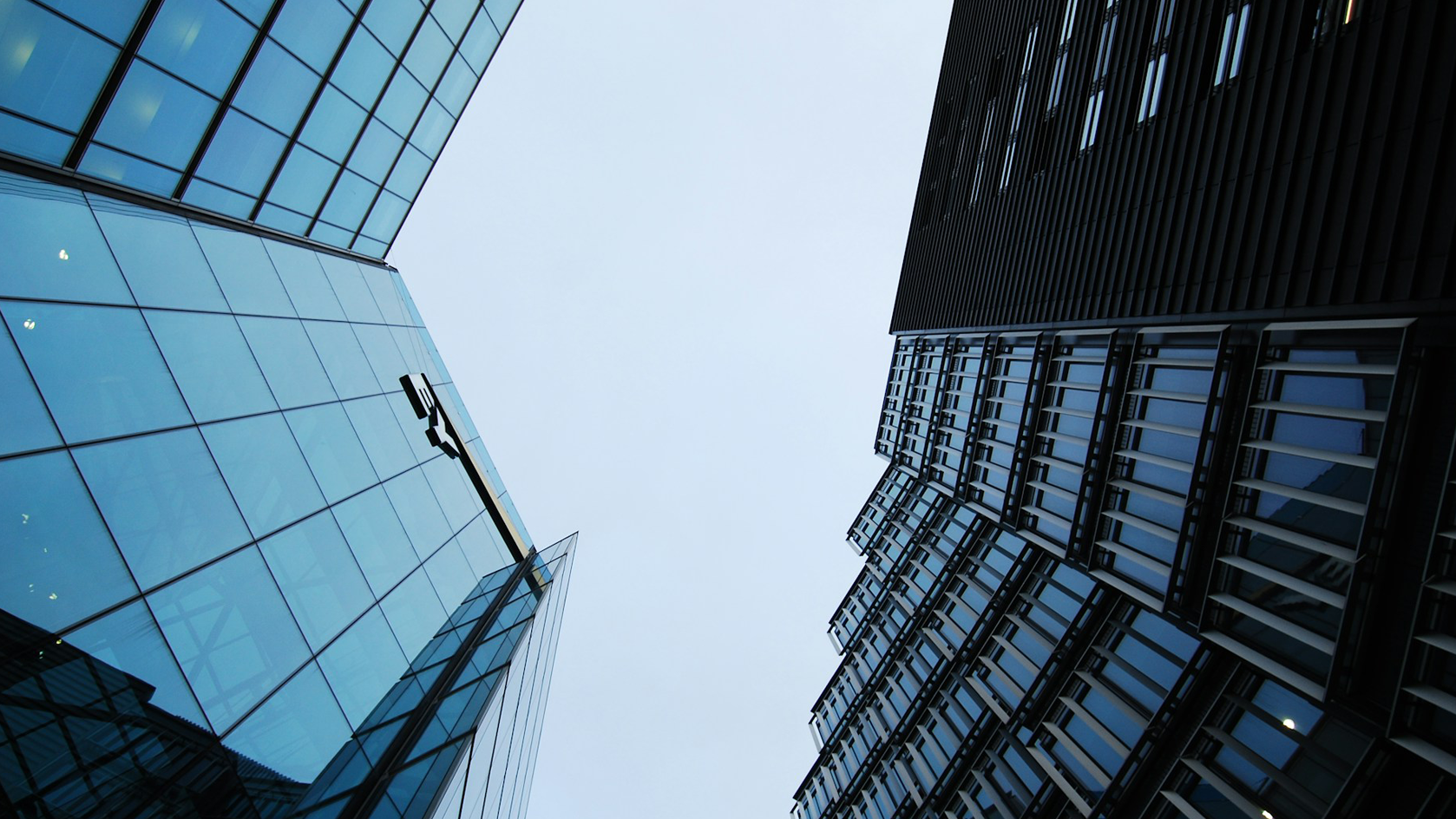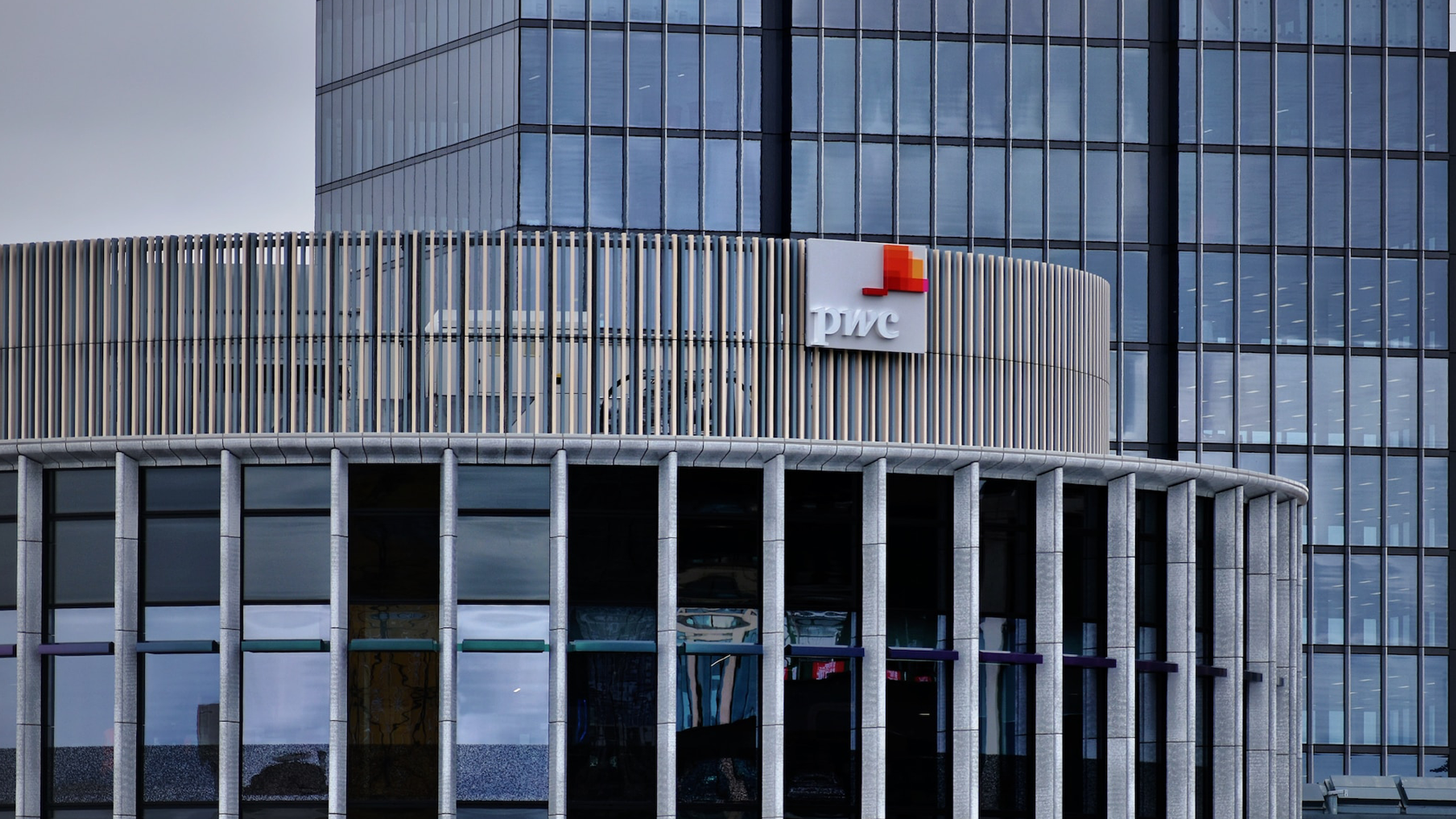EY’s Hybrid Work Insights

The world of business has seen a significant transformation in recent years, with the COVID-19 pandemic acting as a catalyst for change. As companies adapted to the challenges posed by lockdowns and social distancing measures, remote and hybrid working became the norm. However, as the economy stabilizes and priorities shift, businesses like EY (Ernst & Young) are reassessing their approach to hybrid work. In this blog, we’ll look at EY’s recent initiative to monitor staff attendance in the office, what it means for the company, its employees, and what lessons business students can take away from this development.
The Rise of Hybrid Working
The COVID-19 pandemic forced businesses worldwide to rethink their work arrangements. Nearly all large employers, including EY, adopted hybrid working models to ensure business continuity. This approach allowed employees to work from home while coming into the office on specific days. The shift to remote work was driven by the need to retain talent and attract new employees, given the competitive job market during the pandemic.
EY’s Monitoring Initiative
Recent reports indicate that EY has started monitoring its UK staff’s office attendance more closely. The firm, one of the Big Four in the world of accounting and consulting, has taken steps to ensure that its 21,000 UK employees comply with their hybrid working guidelines. Some senior partners and team managers have been granted access to anonymized swipe card entry data, revealing how often employees attend the office.
According to the Financial Times, at least half of some teams are not meeting the requirement of two days a week in the office. EY is now using this data as a “carrot” to encourage compliance rather than a “stick” to enforce it. Additionally, some partners have been shown an analysis of how workers’ mid-year performance ratings correlate with their time spent in the office.
The Shifting Power Balance
The dynamics of hybrid work are changing as the economy stabilises. During the pandemic, employers had little choice but to adopt flexible work arrangements to meet employee demands and retain their workforce. However, with economic uncertainty looming, the balance of power seems to be shifting back towards employers.
Companies like Bank of America and Citigroup have already taken steps to ensure that their employees attend the office regularly. The job market is no longer as competitive as it was during the pandemic, and employees are less inclined to seek new opportunities elsewhere. This shift allows employers to reevaluate their approach to remote and hybrid work.
EY’s Adaptation
In October last year, EY announced “material updates” to its personnel privacy notice, signalling its intention to monitor swipe card entry data more closely. These updates allow the company to keep track of flexible working arrangements, including working locations. EY’s move to adapt its policies and monitor employee attendance reflects a broader trend among businesses as they navigate the post-pandemic landscape.
Lessons for Business Students
EY’s approach to hybrid work provides valuable insights for business students preparing to enter the professional world. Here are some key takeaways:
- Adaptability is Key: Businesses must be adaptable and ready to modify their policies and practices based on changing circumstances. The COVID-19 pandemic is a prime example of how unexpected events can reshape work environments.
- Employee Engagement: Maintaining high levels of employee engagement is crucial for companies, especially during periods of transition. EY’s focus on using data as a positive reinforcement tool rather than a punitive measure shows the importance of keeping employees motivated and engaged.
- The Evolving Job Market: The job market is dynamic, and business students should be prepared for changes in the balance of power between employers and employees. Understanding these shifts can help them make informed career choices.
- Privacy and Data Ethics: EY’s updates to its personnel privacy notice highlight the growing importance of data privacy and ethics in the workplace. Business students should be aware of these considerations when entering the professional world.
Conclusion
The world of business is continually evolving, and the way we work is no exception. EY’s initiative to monitor employee attendance in the office is a reflection of the changing dynamics of hybrid work. As the economy stabilises and the job market evolves, businesses must adapt to new challenges and opportunities. Business students can learn valuable lessons from EY’s approach, emphasising adaptability, employee engagement, market dynamics, and data ethics as essential components of a successful career in the business world.











